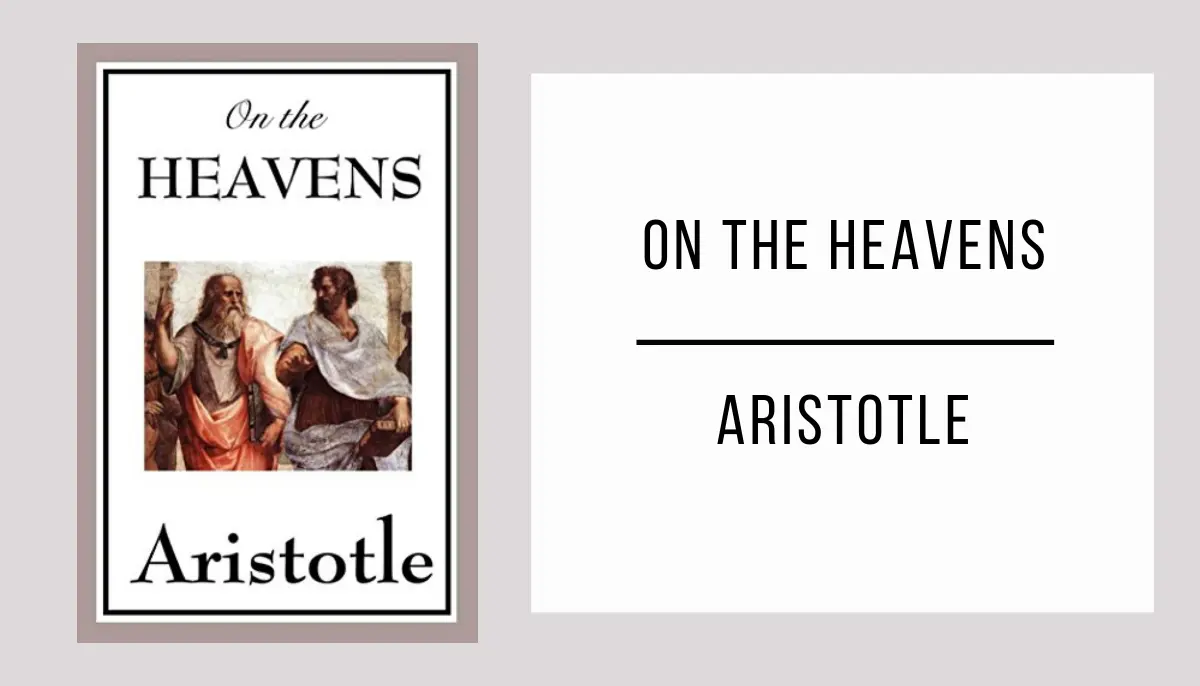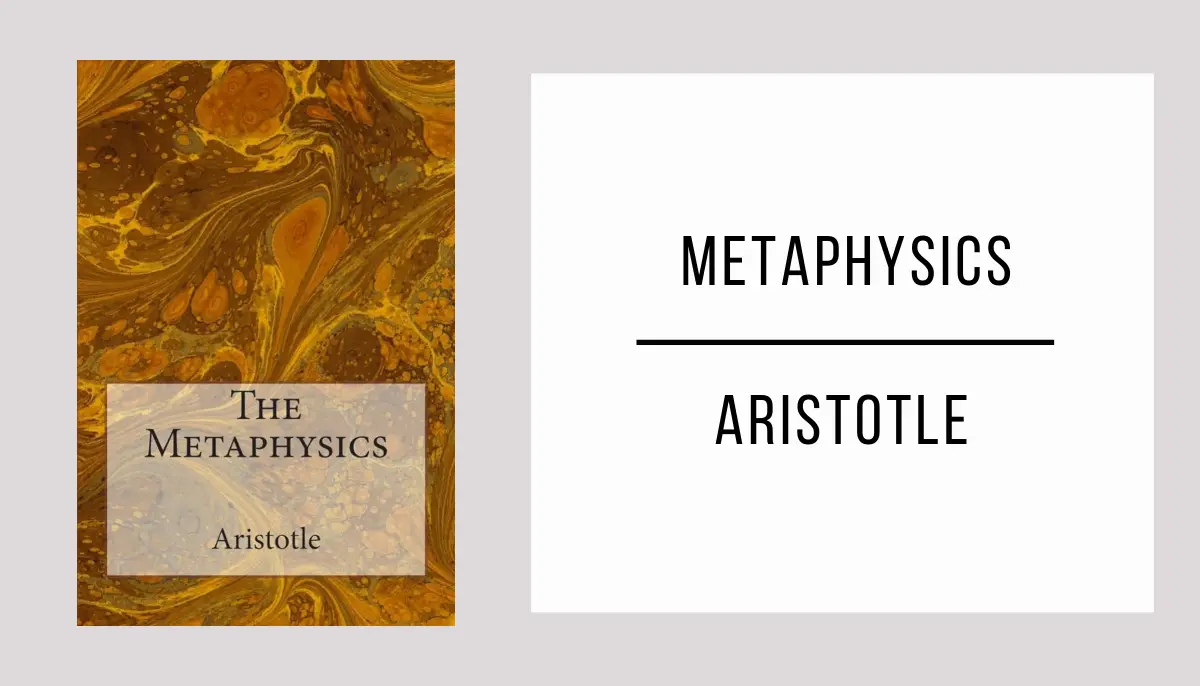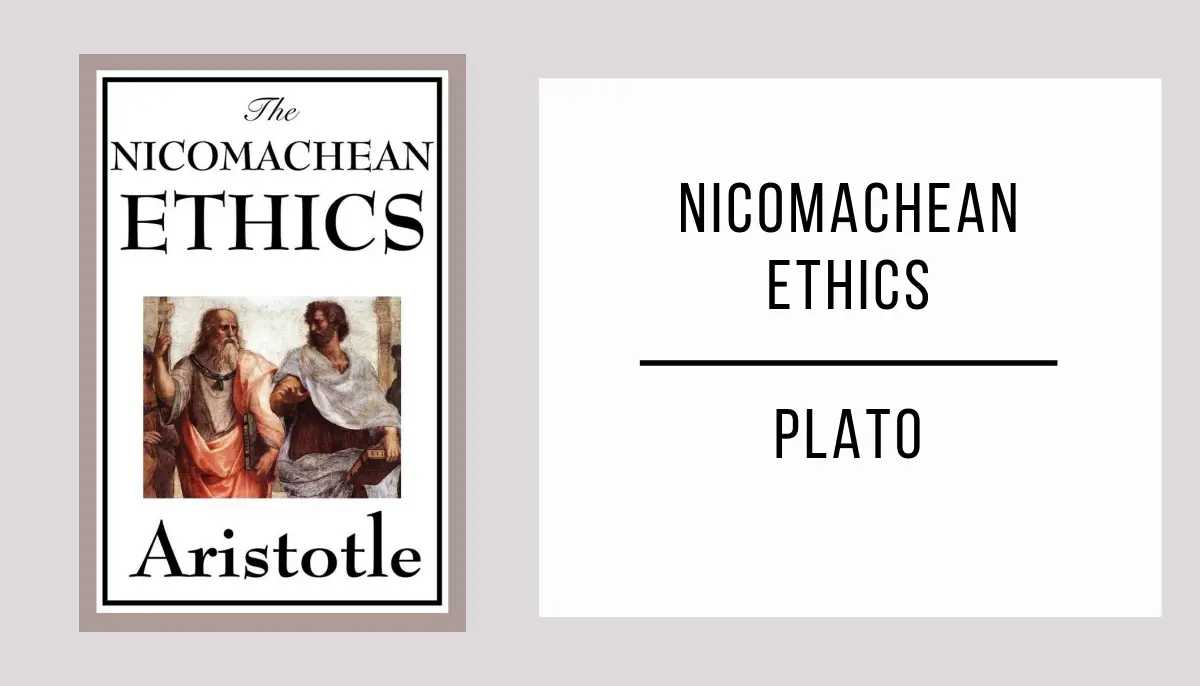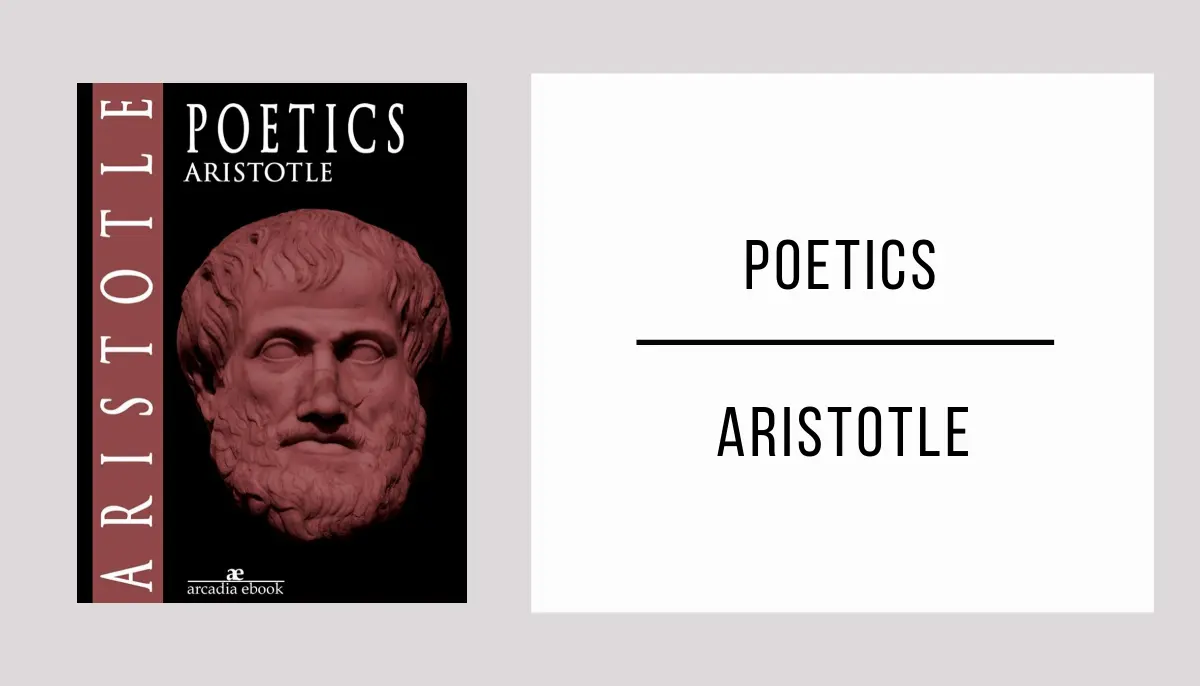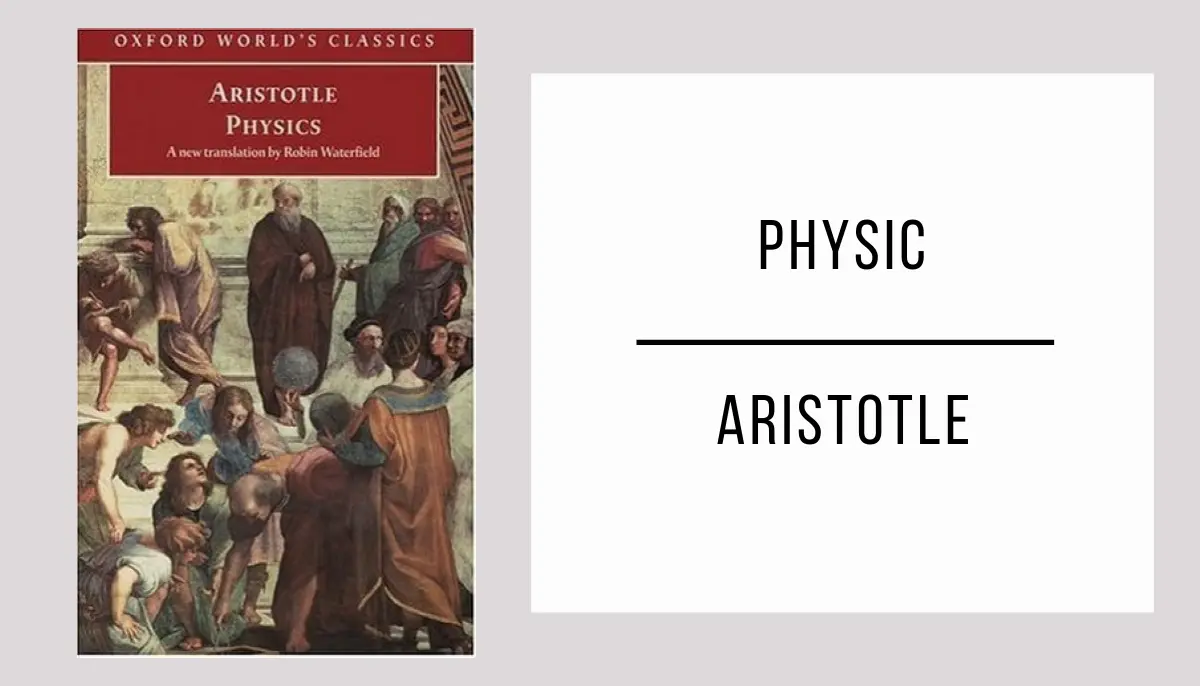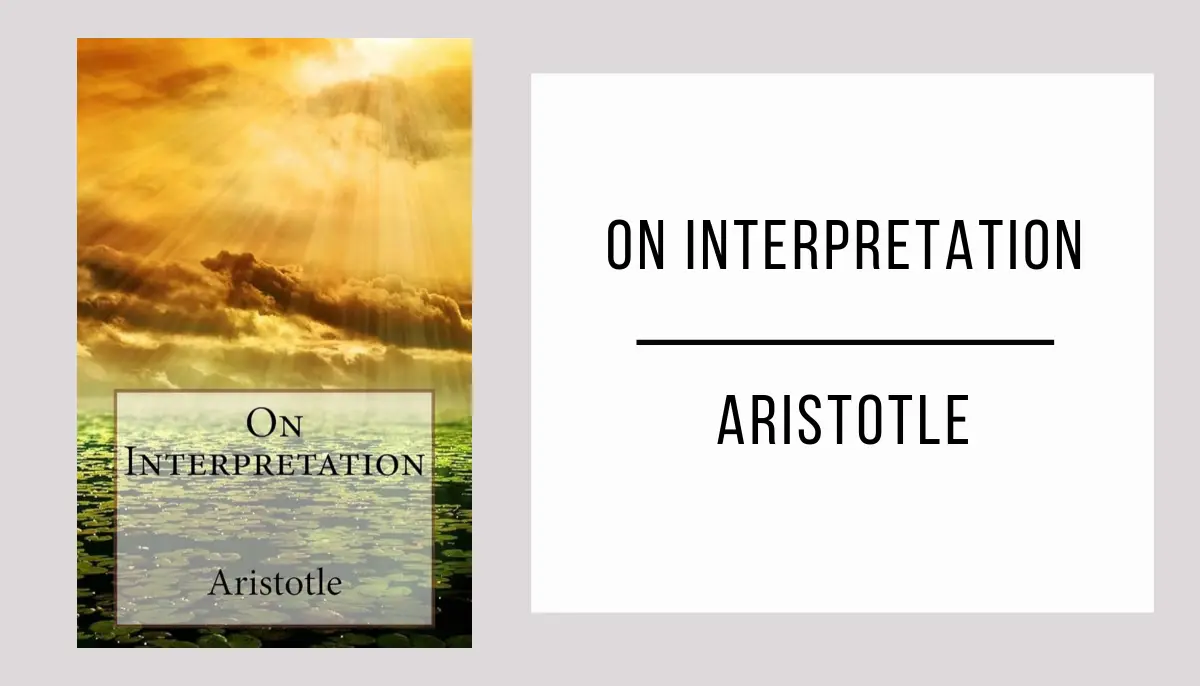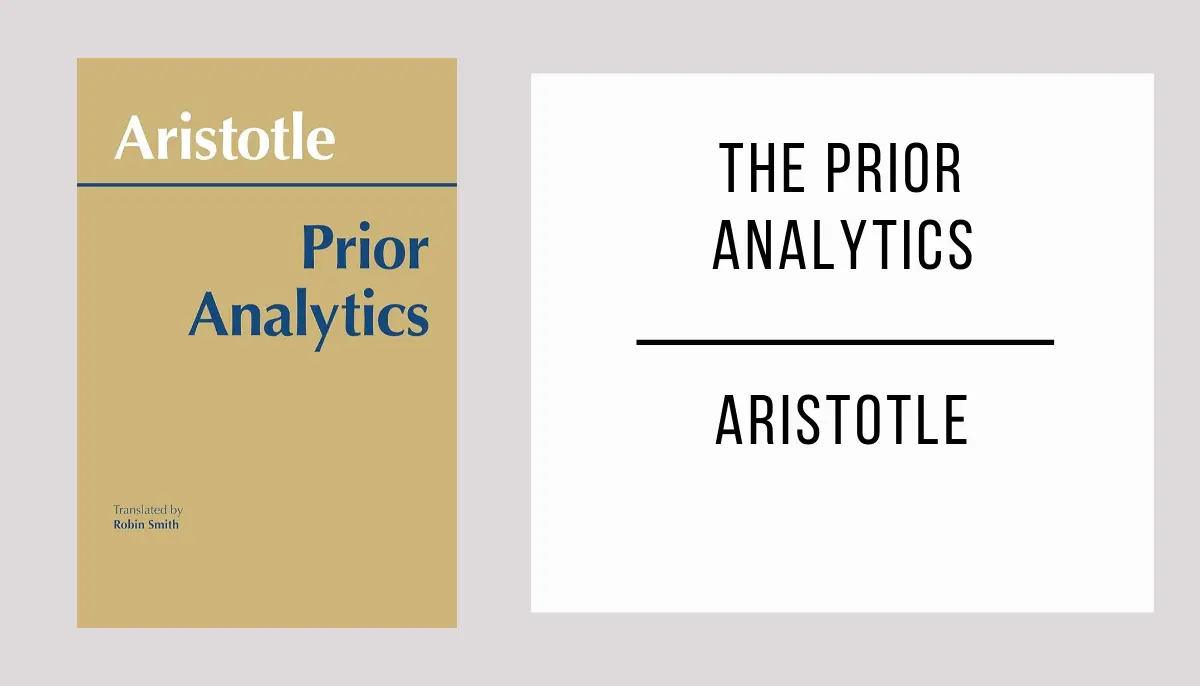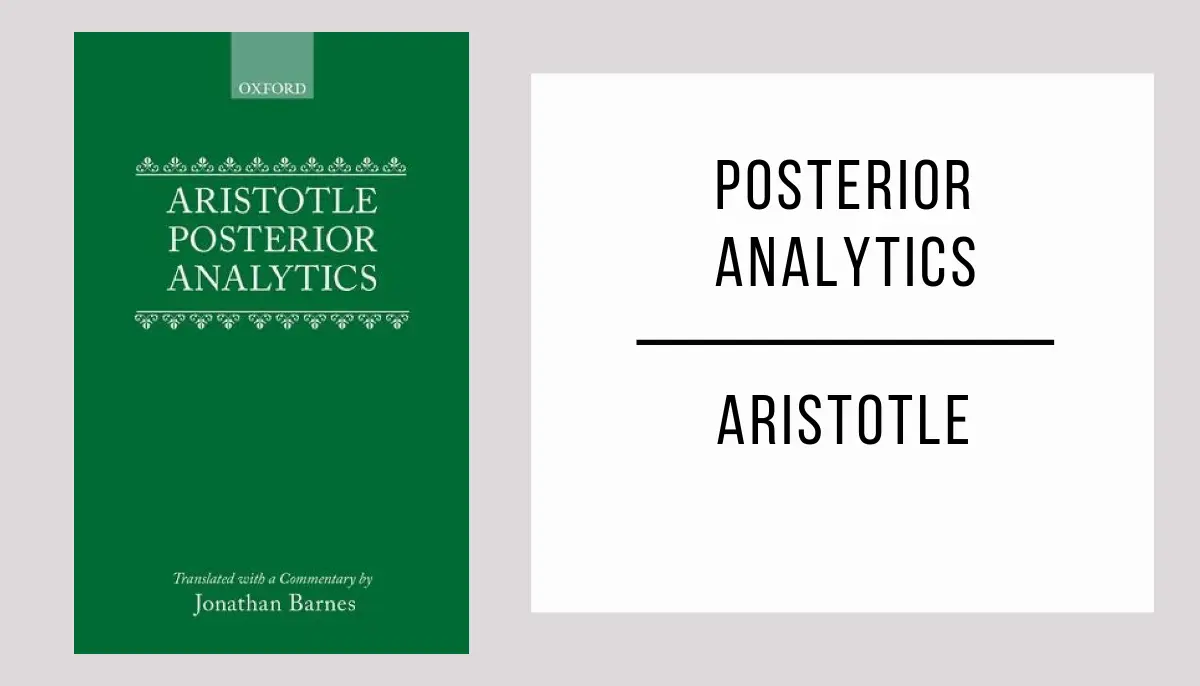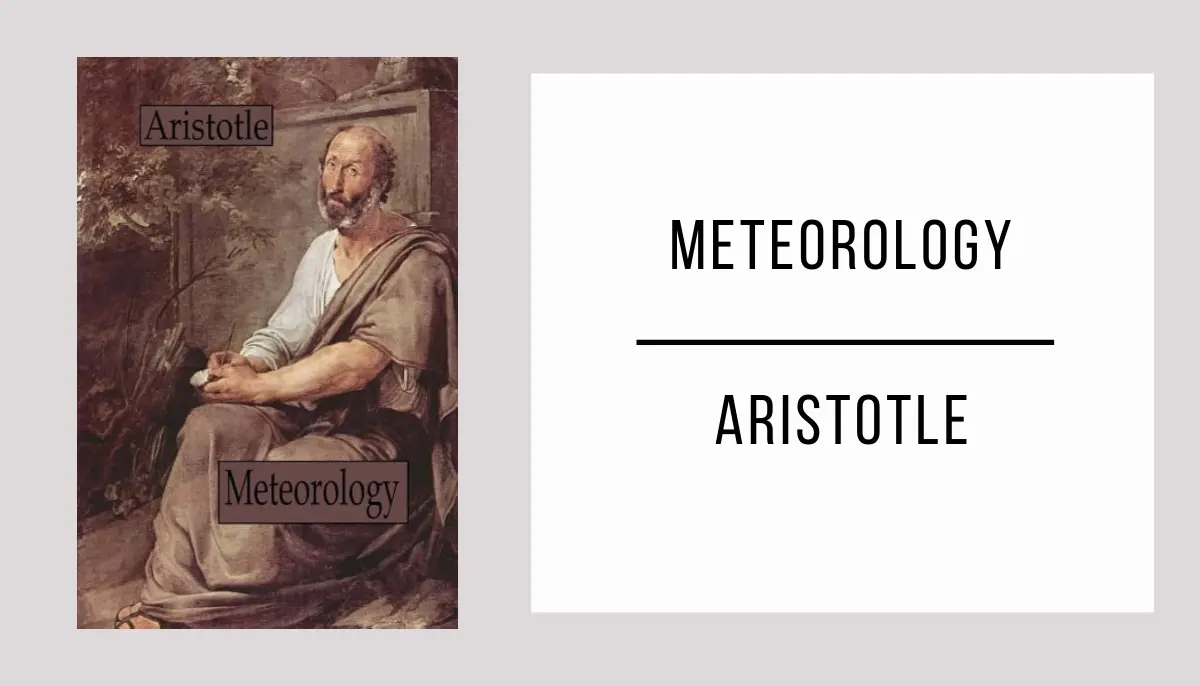The book “On the Heavens” by Aristotle is a masterpiece of classical literature that explores the mysteries of the universe and the nature of the cosmos.
Download it now and immerse yourself in the pages of “On the Heavens” in PDF format for free. Don’t miss the opportunity to explore Aristotle’s profound thoughts on the cosmos.
Let “On the Heavens” transport you to a fascinating world of knowledge and wisdom. Discover the secrets of the universe through Aristotle’s unique perspective and expand your intellectual horizons.
On the Heavens in PDF format
*Wait a few seconds for the document to load, the time may vary depending on your internet connection. If you prefer, you can download the file by clicking on the link below.
Loading fileInformation On the Heavens
- Author: Aristotle.
- Publication Date: Approximately around 350 B.C.
- Main Characters:
- Does not apply, as “On the Heavens” is a philosophical work that does not feature characters with specific roles.
- Brief Summary: “On the Heavens” is a work in which Aristotle explores and discusses the nature of the universe and celestial bodies. It addresses topics such as the sphericity of the Earth, the motion of the stars, and the existence of a prime unmoved mover. Additionally, it introduces the distinction between the sublunar world and the supralunar world.
- Thematic Analysis: The book primarily focuses on astronomy and cosmology, delving into issues related to the structure and movement of the universe. Aristotle presents a geocentric view, where the Earth occupies the center, and celestial bodies move in perfect and eternal orbits. The work also discusses the difference between earthly and celestial phenomena, as well as the existence of a divine being as the cause of celestial motion.
- Historical Context: “On the Heavens” was written in ancient Greece, during a period when philosophy and science were closely intertwined. It is important to note that the geocentric view presented in the book was widely accepted until the heliocentric theories of Copernicus and Galileo revolutionized astronomy in the subsequent centuries.


